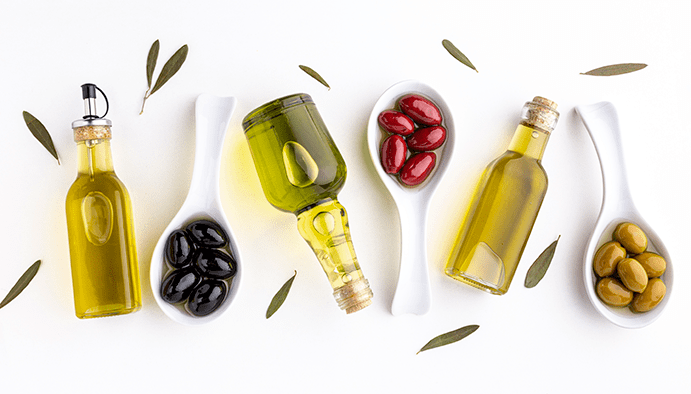Iodine Number in Vegetable Oils: Accredited Methods
Why and How is Iodine Count Analysis Performed?

What is the Iodine Number in Vegetable Oils?
Iodine number is defined as an indicator of the unsaturated fatty acid content of an oil. In 100 grams of oil, the amount of iodine that reacts with double bonds is the “iodine number” in grams. Since vegetable oils are generally rich in unsaturated fatty acids, the iodine number is an important parameter for determining the structure and quality of the oil.
A high iodine number indicates that the oil contains more unsaturated fatty acids and therefore tends to remain in a liquid state. This value is an important parameter affecting the quality and shelf life of the oil. The number of iodine in vegetable oils varies depending on the region where the plant grows, climatic conditions and maturation of the seed.
Why Iodine Number Determination in Vegetable Oils?
Determination of iodine number in vegetable oils is done for several important reasons:
- Oil Quality Control: High unsaturated fatty acid content indicates that the oil is healthier in terms of nutritional value.
- Oxidation and Shelf Life Assessment: The presence of unsaturated fatty acids can increase the risk of oxidation of the oil. The iodine number is used to assess the shelf life and durability of the oil. A high iodine number may mean that the oil may spoil more quickly.
- Counterfeit and Imitation Detection: Iodine number analysis is used to check the purity and quality of vegetable oils. It is particularly useful in detecting low-quality oils or counterfeit products.
- Nutritional Value Determination: The unsaturated fatty acid content of vegetable oils is important as part of a healthy diet. The iodine number helps to determine the nutritional value of these oils.
Data Obtained as a Result of Iodine Number Determination
- Shows the degree of saturation and unsaturation of the oil.
- It shows the drying property of the oil.
- It allows us to have information about the hydrogenation process carried out in the oil and the determination of whether another oil is mixed with the oil.
There are two common methods used to determine the iodine number.
- Wijs Method: It is a common method used to determine the unsaturated fatty acid content in vegetable oils. In this method, the oil sample is reacted with an iodine solution. Analysis of the products of the reaction is used to determine the iodine number of the oil.
- Hanus Method: This method is based on the reaction of iodine with fatty acids. First, the oil sample is mixed with a certain amount of iodine solution. The amount of iodine used is calculated to determine the amount of unsaturated fatty acids in the oil.
Nanolab Laboratories Group continues to provide services within the scope of Iodine Number Determination in Vegetable Oils . We also provide services in Olive Oil Analysis.
Contact us for more information.
You can follow us on LinkedIn for up-to-date news and posts about our services.
Follow our Instagram account to be informed about our new blog posts.

